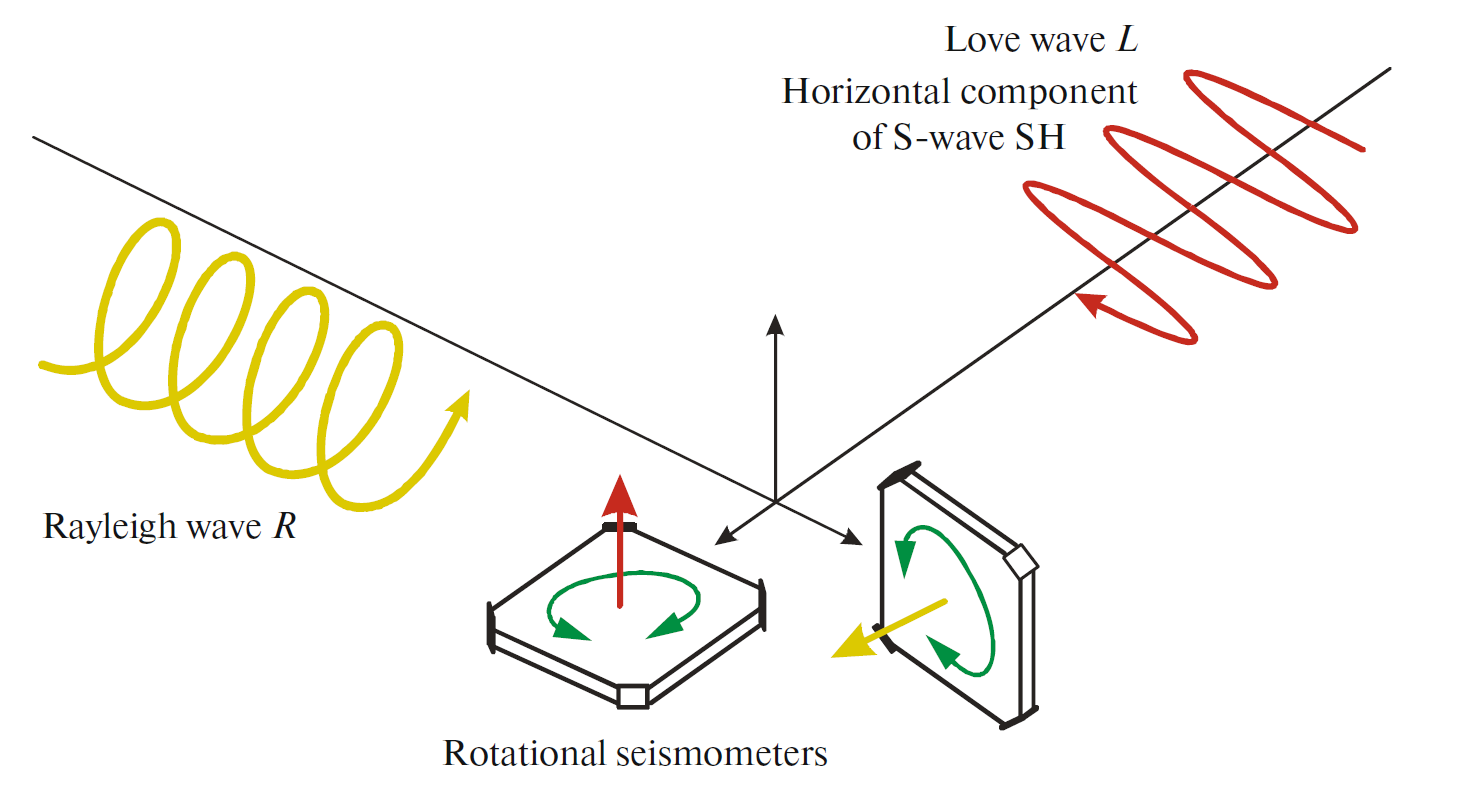Rotational seismology is a relatively new area of science. Rotational movements can be caused by earthquakes, explosions or other causes. Rotational seismology could be applied in a wide range of seismology disciplines, including strong-motion and broadband seismology, earthquake engineering, earthquake physics, seismic instrumentation, and seismic hazards. The figure shows how the various phases of an earthquake can be easily determined by using rotational sensors. Of particular interest are the anomalously large rotational movements recorded in the near zone.
Rotational seismology is also of interest to physicists conducting research in Earth-based observatories for detecting gravitational waves.

Modern acquisition technology, such as fiber-optic or ring laser gyros, molecular electronic sensors and some mechanical systems allow the actual observation of rotational motions; these observations are becoming consistent with collocated recordings of translational ground motions.
The study of rotational motions at teleseismic distances, in the near field, for engineering seismology requires different approaches, equipment and methods. In this review, K.V. Kislova and V.V. Gravirov briefly highlight these issues, focusing on the prospects for future research and seismic instruments used in rotational seismology.
Source: Kislov, K.V., Gravirov, V.V. Rotational Seismology: Review of Achievements and Outlooks. Seism. Instr. 57, 187–202 (2021). DOI: 10.3103/S0747923921020262

